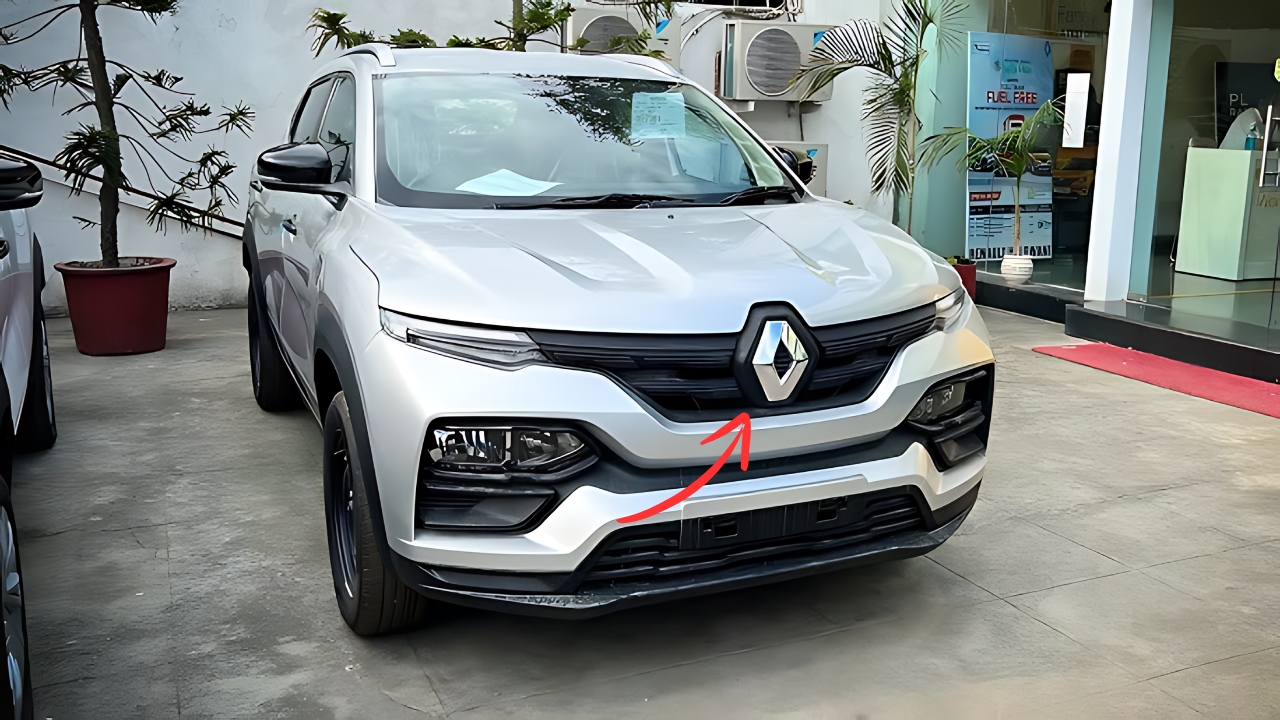Renault Kiger : The Indian automotive landscape has always been unforgiving to brands that fail to keep pace with rapidly evolving consumer preferences. In this challenging environment, the Renault Kiger finds itself at a critical juncture, struggling to maintain relevance while its platform-sharing sibling, the Nissan Magnite, races ahead with significant updates and stronger market performance.
Market Performance: A Tale of Missed Opportunities
The numbers tell a sobering story for Renault’s compact SUV ambitions. In June 2025, the Kiger managed to sell just 755 units—a stark contrast to its initial promise when it entered the market in 2021. While this represents a 37% month-on-month growth from May 2025’s dismal 551 units, the year-on-year decline paints a concerning picture, with sales dropping 34.3% compared to June 2024’s 1,150 units.
These figures become even more telling when compared to the Nissan Magnite, which consistently outsells the Kiger by a significant margin. In January 2025, for instance, the Magnite recorded 2,404 units while the Kiger could barely manage 755 units. This disparity is particularly puzzling given that both vehicles share the same CMF-A+ platform and mechanical components, suggesting that Renault’s approach to the Indian market might need serious reconsideration.

The Facelift Promise: Too Little, Too Late?
Recognizing the need for intervention, Renault has been developing a comprehensive facelift for the Kiger, expected to launch in the second half of 2025.(Renault Kiger)Recent spy shots reveal a vehicle that’s clearly trying to catch up with contemporary design trends, featuring a completely redesigned front bumper with a larger central air intake and refreshed styling cues inspired by Renault’s newer global models like the Kardian SUV.
The upcoming facelift promises more than just cosmetic changes. Industry insiders suggest that Renault will introduce a new diamond-pattern grille finished in gloss black, updated LED lighting elements, and a more premium interior treatment. The company appears to be taking cues from the recently updated Nissan Magnite, which successfully enhanced its market appeal through strategic feature additions and design refinements.
Technology and Features: Playing Catch-Up
One area where the Kiger has managed to stay competitive is in technology offerings. The current model already features an 8-inch touchscreen infotainment system with wireless Apple CarPlay and Android Auto connectivity, automatic climate control, and a comprehensive suite of safety features that earned it a respectable 4-star Global NCAP rating.
The facelift is expected to bring additional convenience features such as a 360-degree camera system, ventilated front seats, automatic headlights, and rain-sensing wipers. These additions would bring the Kiger closer to segment benchmarks, though critics argue that these features should have been introduced much earlier to maintain competitive momentum.
Pricing Strategy: Walking a Tightrope
Currently priced between ₹6.15 lakh and ₹11.25 lakh (ex-showroom), the Kiger positions itself as an affordable entry point into the compact SUV segment.(Renault Kiger)Renault has been aggressive with promotional offers, providing cash benefits of up to ₹40,000 and exchange bonuses of similar value to attract buyers.
However, this pricing strategy reveals the brand’s underlying challenge: the need to offer significant discounts to move inventory suggests that the product itself may not be compelling enough at its sticker price. The facelift is expected to command a premium, with industry estimates suggesting a starting price of around ₹6.50 lakh, which could further squeeze its value proposition.
Oppo A79 5G – Awesome design smartphone launch with gaming processor
Engine Options: Sticking to the Proven Formula
Mechanically, the Kiger continues to offer two engine options that have served it reasonably well. The 1.0-liter naturally aspirated petrol engine produces 72 horsepower and appeals to budget-conscious buyers, while the 1.0-liter turbocharged unit delivers 100 horsepower for those seeking more spirited performance.
Transmission choices include a 5-speed manual, AMT for the naturally aspirated engine, and a CVT for the turbo variant. While these powertrain options remain competitive, the lack of alternative fuel options like CNG (which many competitors now offer) represents another missed opportunity in a market increasingly focused on fuel economy.
Renault Kiger The Road Ahead: Survival Depends on Execution
The Renault Kiger’s story in India illustrates the harsh realities of the modern automotive market, where being first to market doesn’t guarantee sustained success.(Renault Kiger)While the upcoming facelift represents a crucial opportunity for redemption, Renault must ensure that the execution matches the ambition.
Success will ultimately depend on whether the French automaker can transform the Kiger from a product that competes primarily on price to one that offers genuine value and desirability. In India’s unforgiving compact SUV segment, half-measures simply won’t suffice anymore.
